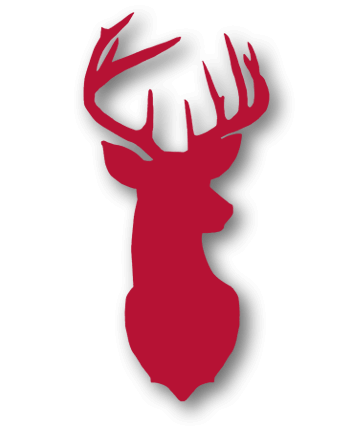DESIGN TECHNOLOGY
Intent
At Redhill Primary School, our Design and Technology curriculum enhances and strengthens children’s creativity. Children will develop skills needed to perform daily tasks confidently which will enable them to grow through learning and experience in an increasingly technological world. The curriculum stimulates imagination and provides practical hands-on experience. Through the Design and Technology curriculum, children will be inspired by engineers, designers, chefs and architects to enable them to design and create a range of structures, mechanisms, textiles, electrical systems and food products with a real-life purpose, considering their own and others’ needs, wants and values. Children will be given the opportunities to critique, evaluate and test their own and others’ products. Children will also learn how to cook, understanding and applying their knowledge of nutrition.
Implementation
At Redhill Primary School, we implement a Design and Technology curriculum that ensures high standards of teaching and learning. Design and Technology is taught as part of themes each half term and is built around essential knowledge, understanding and key skills stated in the National Curriculum. The teaching of Design and Technology follows the cycle: evaluate existing products then design, make and evaluate own products. For example, children in Year 2 researched existing beehouses and evaluated them. They then used their knowledge and understanding of existing products to design and make their own product using a given criteria. The finished products were then evaluated for their purpose and children were given time to adapt their products where necessary e.g. making the holes the correct size for bees to go inside.
The design process is relevant in context, giving purpose and meaning to learning. While making, children are given choice and a range of materials and tools to choose freely from. Children are either given a criteria or they can design their own criteria as a class together. When evaluating, children are able to evaluate their own and others’ products against a design criteria.


The Design and Technology curriculum allows Teachers to plan lessons using our progression of skills grid alongside the long-term plan. This ensures the curriculum is covered and the skills/knowledge taught shows clear continuity and progression. For example, in Key Stage 1, children look at existing products and use this knowledge to begin to generate their own ideas using a given criteria. This progresses into Key Stage 2 with the children exploring and evaluating existing products as well as learning about influential designers in order to design their own criteria which they follow to create detailed, annotated plans of the product they are going to make. Design and Technology particularly encourages children at Redhill Primary School to develop their Ambition ANTLER (one of the school’s values) by designing and making new products and adapting their work to make them even more suitable and fit for purpose.
Early Years Foundation Stage
Pupils explore and use a variety of media and materials through child initiated and adult directed activities. They have the opportunities to learn to express their own ideas by thinking about form, function and purpose. Children will be given opportunities to design and then make products using a range of simple tools, techniques and materials. Children will learn how to use tools safely and effectively to create their products. After making a product, children are given time to adapt their work where necessary. Children will also be able to cook and prepare food, developing their skills and understanding of health and hygiene.
Key Stages 1 and 2
In Key Stage 1, children are taught the knowledge, understanding and skills needed to design and make products through a variety of creative and practical activities. Within Key Stage 2, children also look at key events and individuals that have influenced the world of Design Technology and they use computer programmes and applications in the design of their products.
When designing and making, pupils are taught to:
Design
- Design purposeful, functional, appealing products communicating their ideas through talking, drawing, templates, mock-ups and ICT. In Key Stage 2, children also generate, develop, model and communicate their ideas through discussion, annotated sketches, cross-sectional and exploded diagrams, prototypes, pattern pieces and computer-aided design.
Make
- Select from and use a range of materials, tools and techniques to perform practical tasks. Children learn skills in cutting, shaping, joining and finishing.
Evaluate
- Explore a range of existing products and analyse/evaluate others and their own ideas and products against a criteria. In Key Stage 2, children also consider the views of others to improve their work. They also understand how key events and individuals in Design and Technology have helped shape the world.
Technical knowledge
Explore and understand how to strengthen, stiffen and reinforce structures. They also understand and use mechanical systems in their products e.g. sliders, wheels and axels, gears, pulleys, cams, levers and linkages. In Key Stage 2, children also understand and use electrical systems in their products e.g. series circuits incorporating switches, bulbs, buzzers and motors. They are also given opportunities to apply their understanding of computing to programme, monitor and control their products.
Food and Nutrition in Key Stages 1 and 2
Pupils are taught how to cook and apply the principles of nutrition and a healthy and varied diet to prepare dishes. Children also begin to understand where food comes from. This is a crucial life skill that children will need to learn and use throughout childhood and adulthood. In Key Stage 2, children prepare and cook a variety of predominantly savoury dishes using a range of cooking techniques. Children also begin to understand seasonality and know where and how a variety of ingredients are grown, reared, caught and processed.
Impact
Impact
The impact of our Design and Technology curriculum can be seen in children’s theme books, models made and displays. Children will have had plenty of opportunities to design, make and evaluate products by the end of each school year and progression of knowledge, skills and understanding will be seen across the school. As designers, children will develop skills and attributes they can use beyond school and into adulthood. Children are able to reflect upon the impact of Design Technology on everyday life and the wider world.
We measure the impact of our curriculum through the following methods:
- Pupil discussions about their learning.
- Photos of the children’s practical learning.
- Interviewing the pupils about their learning (pupil voice).
- Termly reporting of attainment and progress across the curriculum areas covered within Design and Technology. DC Pro is used to track coverage and attainment of skills/National Curriculum objectives. Attainment/coverage is recorded 3 times a year and it supports with tracking progress of each child in each curriculum area. Although as a school we record attainment 3 times a year, there is scope to record more frequently throughout the year.
- Children’s work in books and on display e.g. children’s products are often seen displayed in the school corridors. For example, different types of buildings that were designed and then made were displayed on top of tables/lockers to share successes.
- Skills progression grid and long-term planning annotated and highlighted to show coverage of knowledge and skills linked to the National Curriculum.
- Floor book to show examples of work across the school.
COVID -19 Statement
At the start of the academic year 2020/21, Design and Technology was considered in terms of how to achieve the National Curriculum objectives effectively. During this period, children have been provided with many opportunities to work practically to keep them engaged and motivated with their learning as well as continuing to develop the required skills.
Children have been set projects to complete at home e.g. Years 5 and 6 were set projects to bake cakes and decorate them so they could still develop their cooking techniques. This is an area that would not have been covered at school during this period due to health and safety and not being able to share cooking facilities. Children in Key Stage 1 have had opportunities to design, make and evaluate a Parthenon, bee house and a castle focusing on the design criteria and main features of each building. Children were able to express their creativity with materials they could find e.g. a child in Year 2 made a Parthenon out of glasses and chopping boards which again would not have been achieved in school.
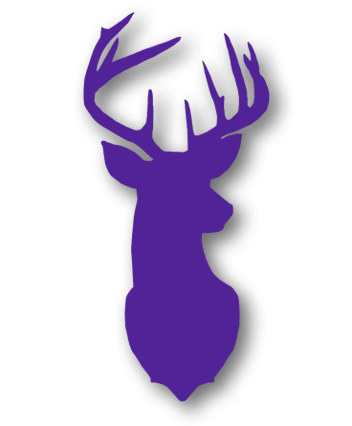
Ambition
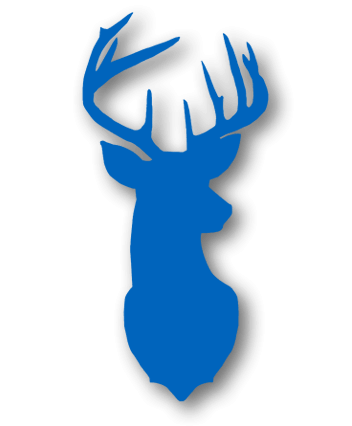
Never Give Up
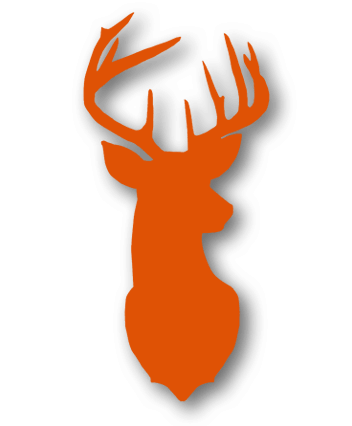
Teamwork
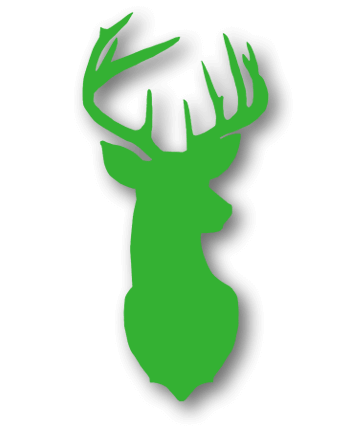
Love Learning
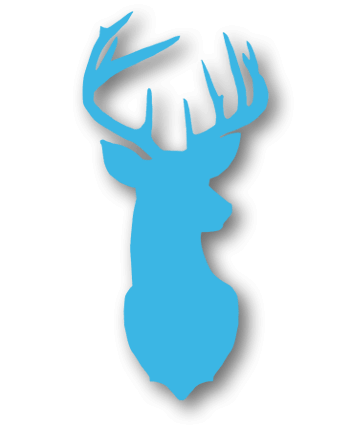
Equality & Fairness
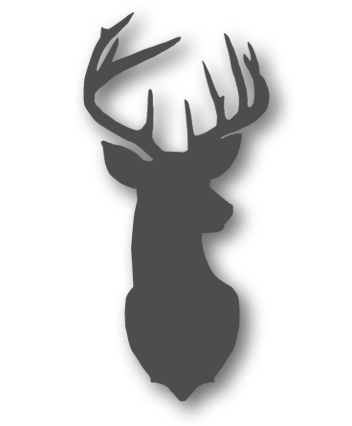
Respect
